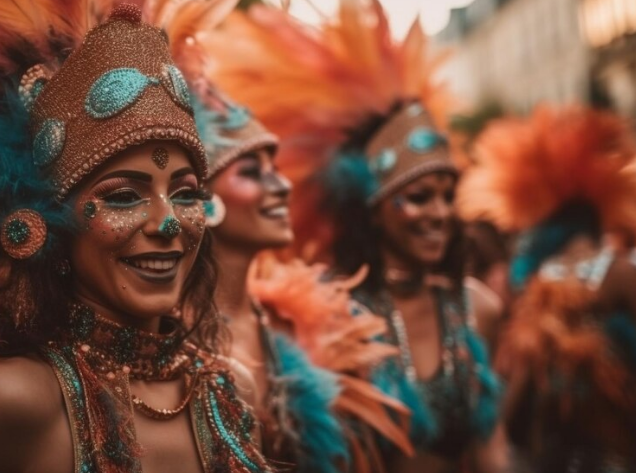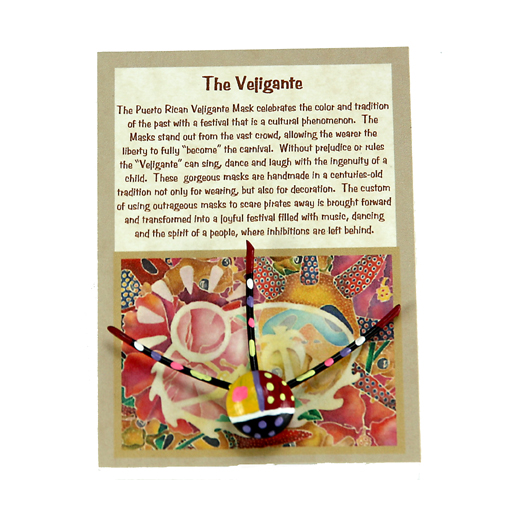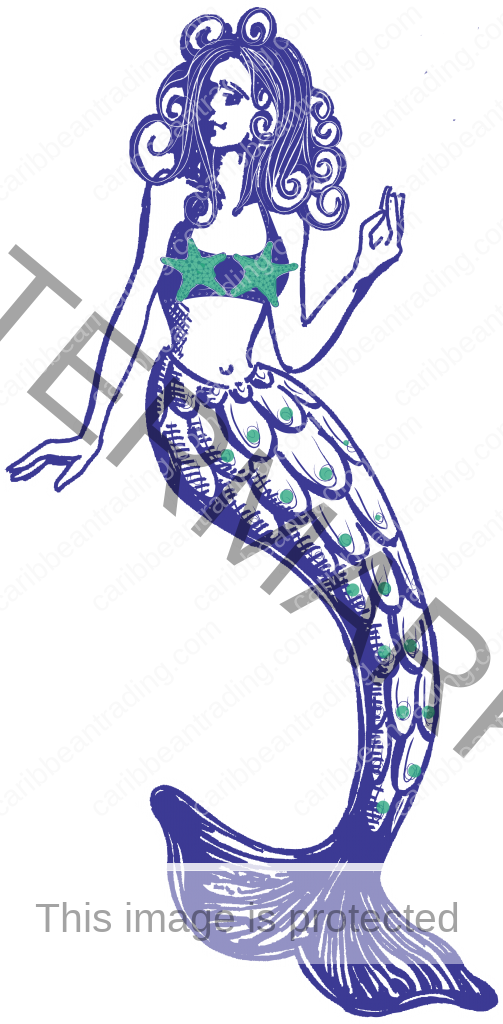Caribbean History
The History of Carnival in the Caribbean
Carnival is one of the most vibrant and celebrated events across the Caribbean, known for its lively parades, colorful costumes, infectious music, and deep cultural significance. While today it is associated with joyous festivities, dancing, and communal celebration, the roots of Carnival in the Caribbean trace back centuries, influenced by the fusion of African, European, and indigenous traditions. The evolution of Carnival reflects the region’s history of colonization, slavery, and resistance, making it not only a time for revelry but also a powerful symbol of cultural identity and freedom.
Early Origins of Carnival
Carnival as a celebration has its origins in Europe, particularly in Catholic countries such as Italy, France, Spain, and Portugal. The word “Carnival” itself is derived from the Latin phrase carne vale, which means “farewell to meat.” This signaled the period before Lent, a season of fasting and penance observed by Christians leading up to Easter. Europeans would engage in feasting, masked balls, and other forms of celebration before the solemn observances began.
When European colonizers arrived in the Caribbean during the 15th and 16th centuries, they brought their Carnival traditions with them. In colonies such as Trinidad, Barbados, and Dominica, French and Spanish settlers would hold elaborate masked balls, fancy dress parties, and other festivities to mark the pre-Lenten period. These early forms of Carnival, however, were exclusive events, primarily enjoyed by the European elite.
The Influence of African Traditions
The transatlantic slave trade had a profound impact on the cultural landscape of the Caribbean, and it was the enslaved Africans who transformed Carnival into the vibrant spectacle it is today. Forced to work on plantations under brutal conditions, African slaves were denied participation in the colonizers’ celebrations. However, they preserved their own cultural practices, incorporating traditional African music, dance, and masquerade.
African traditions of masquerading and costuming during festivals were merged with European Carnival customs, creating a new, hybrid form of celebration. Masks and costumes became powerful symbols for the enslaved people, allowing them to subvert colonial power structures, mock their oppressors, and express a sense of freedom, even if temporarily. In many Caribbean islands, these celebrations were held during the Christmas season, coinciding with the harvest and a period of respite for slaves.
Emancipation and the Birth of Modern Carnival
The abolition of slavery in the Caribbean during the 19th century marked a turning point in the evolution of Carnival. For newly freed people, Carnival became a space for the assertion of African identity and a way to celebrate their freedom from colonial oppression. It shifted from being an elite, European festival to a popular, grassroots event.
In Trinidad, for instance, the abolition of slavery in 1834 gave rise to the modern version of Carnival as we know it today. The freed African population began celebrating on the streets with dances, music, and masquerades, and they embraced elements of their cultural heritage, including drumming, calypso music, and the use of sticks in ritual combat, a practice known as kalinda or stick fighting. This marked the birth of what is now considered one of the largest and most famous Carnival celebrations in the world.
In other islands, such as Jamaica and Haiti, Carnival took on local flavors. In Haiti, the Rara festival, held during the Lenten season, combines religious elements with African drumming and Vodou ceremonies, while in Jamaica, Carnival has embraced both calypso and reggae, adding another layer of cultural fusion.
Key Elements of Caribbean Carnival
Though Carnival varies from island to island, certain key elements are common across the Caribbean.
- Masquerade and Costumes: The use of elaborate costumes and masks is a central feature of Caribbean Carnival. In many islands, costume-making is a form of artistic expression, with participants spending months designing and creating extravagant outfits that reflect historical, social, or political themes. The costumes often incorporate feathers, sequins, and bold colors, and some characters, such as the Jab Jab in Grenada or Pierrot Grenade in Trinidad, have deep cultural meanings rooted in folklore.
- Music: Music is the heartbeat of Carnival, and different islands have developed their own musical styles that define the festivities. In Trinidad and Tobago, calypso and soca reign supreme, while Jamaica’s Carnival features a mix of reggae, dancehall, and soca rhythms. The French-speaking islands, such as Martinique and Guadeloupe, incorporate zouk and gwo ka drum rhythms, while Haiti’s Carnival includes the infectious beats of kompa.
- Parades and Street Parties: The street parade, or road march, is a highlight of Carnival in the Caribbean. During these parades, participants, known as masqueraders, dance through the streets in their costumes, accompanied by live bands, DJs, or mobile sound systems known as music trucks. In Trinidad, the biggest event is the J’ouvert celebration, held in the early hours of the morning on Carnival Monday. Participants cover themselves in mud, paint, or oil as they dance through the streets, symbolizing the overthrow of colonial oppression.
- Culinary Traditions: Food also plays a central role in Carnival celebrations. The pre-Lenten period is traditionally a time for indulgence, and Caribbean Carnival is no exception. Street vendors offer a variety of local dishes and treats, including doubles in Trinidad, jerk chicken in Jamaica, and accras (fritters) in Martinique. These culinary delights reflect the rich mix of African, European, and indigenous influences that define Caribbean cuisine.
Carnival as a Reflection of Resistance
At its core, Carnival in the Caribbean is more than just a time for fun and entertainment. It is a celebration of cultural resilience and a form of resistance against the colonial powers that once sought to suppress the expression of African identity. During the period of slavery, Carnival was a way for the enslaved population to momentarily escape the harsh realities of their lives and assert their humanity in the face of dehumanization. Even after emancipation, Carnival has continued to be a powerful space for protest, social commentary, and political expression.
For example, during the labor movements of the 1930s and 1940s, Caribbean Carnival celebrations often took on a political edge, with participants using their costumes and performances to critique the colonial administration and highlight issues of injustice. In Trinidad, calypso songs often include sharp social commentary, addressing topics such as economic inequality, corruption, and the struggles of working-class people.
The Global Influence of Caribbean Carnival
Over the years, Carnival has become a global phenomenon, spreading beyond the shores of the Caribbean and gaining international recognition. Cities with large Caribbean diasporas, such as London, Toronto, New York, and Miami, host their own versions of Carnival, attracting millions of participants and spectators from around the world.
London’s Notting Hill Carnival, for instance, is one of the largest street festivals in Europe and is heavily influenced by the Trinidadian Carnival tradition. Similarly, Toronto’s Caribana and New York’s West Indian Day Parade are vibrant displays of Caribbean culture, music, and community.
Popular Activities in the Caribbean in 2024
As the Caribbean continues to evolve as a top vacation destination, 2024 offers a wide array of activities that cater to all types of travelers. Adventure seekers can dive into the pristine waters for snorkeling or scuba diving, where coral reefs and marine life abound. Nature lovers will enjoy guided hikes through lush rainforests, while those looking for relaxation can indulge in spa retreats and beachside yoga sessions. Cultural festivals, such as Carnival, also remain a significant draw, allowing visitors to immerse themselves in the vibrant traditions and rhythms of the islands.
One of the most popular activities in the Caribbean in 2024 is the thrilling experience of visiting casinos or playing online on sites like SansliSaray. Resorts across islands like the Bahamas, Aruba, and Puerto Rico offer high-end casino entertainment, blending the luxury of world-class hotels with the excitement of gaming. Visitors can try their luck at poker, blackjack, or the latest slot machines, all while enjoying the glamorous atmosphere. Whether you’re a seasoned player or a casual visitor, the Caribbean’s casinos provide an exciting night out for those seeking a lively and sophisticated way to unwind.
Conclusion
Carnival in the Caribbean is a celebration of life, culture, and resilience. It is a product of the region’s complex history, blending African, European, and indigenous traditions into a vibrant expression of identity. From the street parades to the music and costumes, Carnival offers a space for both individual creativity and collective solidarity. Today, it stands as one of the most important cultural events in the Caribbean, drawing people from all over the world to partake in its energy and spirit. Whether viewed as a moment of joyous festivity or a reflection of the region’s deep historical roots, Caribbean Carnival continues to embody the freedom, unity, and strength of its people.







